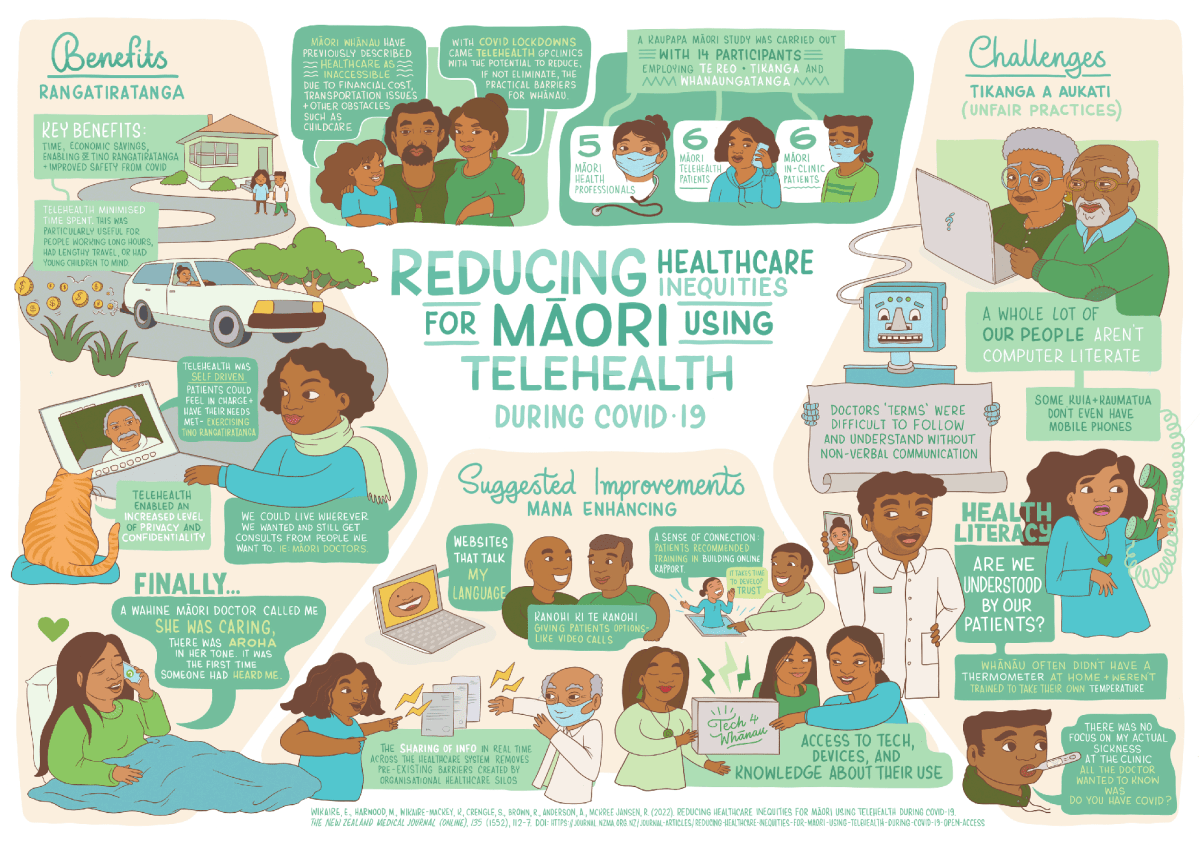The establishment of Te Aka Whai Ora, while aiming to revolutionize Māori health, has unveiled a complex interplay of challenges and opportunities. This exploration delves into the heart of these issues, examining the funding disparities, access barriers, and workforce limitations impacting the delivery of vital healthcare services to Māori communities. We’ll uncover the successes and shortcomings of this ambitious initiative, ultimately aiming to illuminate a path towards equitable and culturally responsive healthcare for all.
From inadequate funding and resource allocation to the complexities of integrating Te Aka Whai Ora with existing systems, the journey towards improved Māori health is fraught with obstacles. This discussion will analyze the effectiveness of current strategies, explore innovative solutions, and highlight the crucial role of cultural safety and responsiveness in achieving meaningful and lasting change.
The Impact of Te Aka Whai Ora on Māori Health Services
Te Aka Whai Ora, the new Māori Health Authority, represents a significant shift in the delivery of healthcare for Māori in Aotearoa New Zealand. Its establishment aims to address historical inequities and improve health outcomes for Māori communities. Understanding its structure, function, and impact is crucial to assessing its success in achieving this ambitious goal.
Te Aka Whai Ora’s Structure and Function
Te Aka Whai Ora is a dedicated Māori health authority responsible for commissioning and overseeing the delivery of health services specifically designed to meet the unique needs of Māori. Its structure involves a board and executive team accountable for strategic direction and operational management. The authority works collaboratively with existing health providers, iwi, hapū, and other Māori health organisations to develop and implement culturally appropriate health initiatives. The core function is to improve Māori health outcomes by creating a system that is responsive to the needs and preferences of Māori communities. This includes designing culturally safe services, addressing social determinants of health, and promoting self-determination in health.
Intended Benefits of Te Aka Whai Ora for Māori Health
The primary intention behind Te Aka Whai Ora is to improve Māori health outcomes by addressing systemic inequities. This includes reducing disparities in life expectancy, chronic disease rates, and access to quality healthcare. The authority aims to achieve this through greater Māori control over health services, improved data collection and analysis specific to Māori populations, and the development of culturally appropriate health interventions. The ultimate goal is to empower Māori communities to take control of their own health and well-being.
Potential Challenges and Unintended Consequences of Te Aka Whai Ora’s Implementation
While the intentions behind Te Aka Whai Ora are laudable, the implementation process presents several challenges. One key challenge is navigating the complexities of the existing health system and establishing effective collaborations with existing providers. Another challenge involves securing adequate funding and resources to support the ambitious goals of the authority. Potential unintended consequences could include duplication of services, fragmentation of care, or unintended competition with existing Māori health providers. Careful planning and effective communication are vital to mitigate these risks.
Interaction Between Te Aka Whai Ora and Existing Māori Health Providers
Te Aka Whai Ora’s success hinges on its ability to foster strong and collaborative relationships with existing Māori health providers. This requires a nuanced understanding of the diverse range of providers and their unique roles within their communities. Effective collaboration involves shared decision-making, resource allocation, and the development of complementary services. Open communication, trust-building, and a shared vision for improving Māori health are essential elements for successful partnerships.
Examples of Successful and Unsuccessful Collaborations Between Te Aka Whai Ora and Local Māori Health Organizations
Collaboration between Te Aka Whai Ora and local Māori health organizations is still relatively new, so definitive examples of both success and failure are still emerging. However, we can anticipate potential scenarios.
- Successful Collaboration: A successful collaboration might involve Te Aka Whai Ora partnering with a local Māori health provider to establish a new, culturally safe diabetes management program. This program incorporates traditional Māori healing practices alongside Western medicine, resulting in improved patient outcomes and community engagement.
- Unsuccessful Collaboration: An unsuccessful collaboration could arise from a lack of clear communication and shared understanding between Te Aka Whai Ora and a local provider. This might lead to duplicated services, conflicting priorities, and ultimately, a less effective use of resources and a negative impact on community trust.
Ultimately, ensuring equitable access to quality healthcare for Māori requires a multifaceted approach. Addressing the funding inequities, strengthening the Māori health workforce, and prioritizing culturally safe practices are not merely aspirational goals; they are fundamental necessities. By fostering collaboration, embracing innovation, and centering the voices and needs of Māori communities, we can pave the way for a healthier, more equitable future for all New Zealanders. The journey is complex, but the potential for positive change, fueled by dedication and understanding, is immense.

